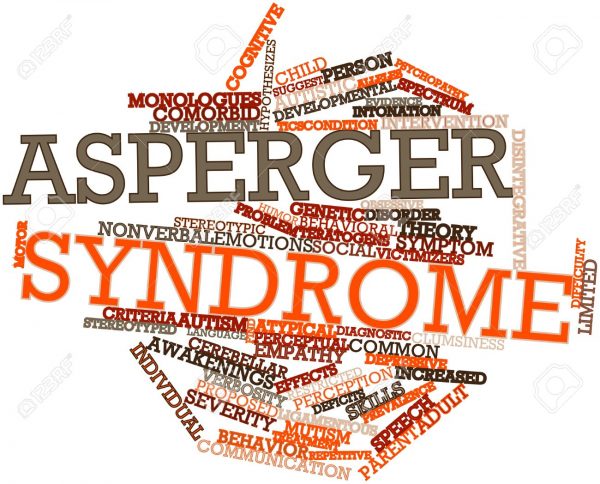Asperger’s Syndrome is an Autism Spectrum Disorder, meaning that Asperger’s Syndrome shares many characteristics of autism like social impairment, low frustration threshold, lack of empathy, etc.
Asperger’s Syndrome is distinct from autism, however, because cognitive and linguistic abilities are relatively unaffected.
Since the Individuals with Disabilities Education Act (IDEA) was passed, students with disabilities must be taught in the least restrictive environment possible. As a result, students with Asperger’s Syndrome are typically taught in general education classrooms, and often show excellent academic skills. However, there are a number of symptoms of the syndrome which prove challenging for teachers. These symptoms include sensory processing issues, obsessive focus on one subject, a low frustration threshold, and executive functioning gaps. Teachers may become disappointed by these symptoms, but with the application of a few basic teaching strategies, students with Asperger’s Syndrome can learn to advance in the classroom environment.
Asperger’s Syndrome presents a wide variety of challenges. Students with this condition may at times seem frustrating, but by consistently using the teaching strategies, these students can become successful members of your classroom. The key is to remain flexible and to work with the reality of the student’s condition. Don’t try to force them to be something they’re not. When this positive relationship is established, students with Asperger’s Syndrome can truly be a delight. With such a unique perspective, and such an interesting set of strengths, you might find yourself learning as much from them as they do from you.

